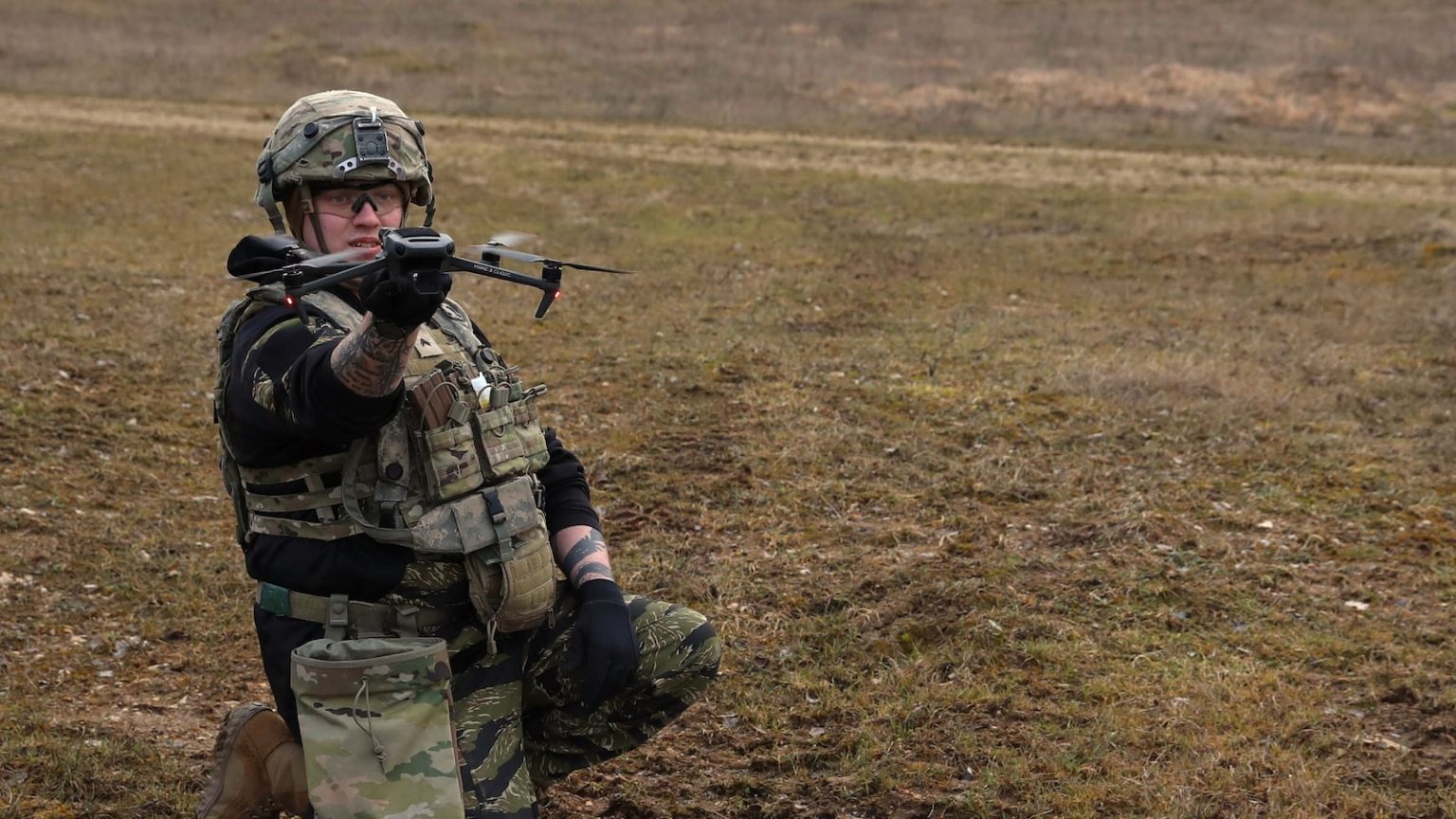The U.S. Army’s Transformation in Eastern Europe: Learning from Ukraine
Introduction: U.S. Troops in Eastern Europe
The U.S. Army’s presence in Eastern Europe has significantly evolved since Russia’s invasion of Ukraine in February 2022. Initially dispatched to reassure NATO allies and deter further Russian aggression, the deployment has grown to 23,000 troops, maintained through a rotation of units on nine-month deployments. This strategic presence is crucial, as Lt. Gen. Charles Costanza emphasizes, stating, "It’s just a critical time to be here right now." The troops are stationed across 23 different foreign operating sites, from Estonia to Bulgaria, underscoring their vital role in regional security.
Lessons from the Ukraine Conflict
The proximity of U.S. forces to Ukraine provides a unique opportunity to learn from the ongoing conflict. The battlefield has become a laboratory for innovative tactics and technologies, with Ukraine’s use of small drones and electronic warfare techniques offering valuable insights. Lt. Gen. Costanza highlights that "there’s no better place to learn from the conflict than Eastern Europe," where NATO allies are actively training and equipping Ukrainian forces, injecting lessons directly into U.S. operations. The rapid innovation cycle between Ukrainian and Russian forces pushes quick adaptation, exemplified by the development of small unmanned aircraft systems (SUAS) and counter-SUAS capabilities.
Innovation in Technology and Tactics
U.S. soldiers are demonstrating remarkable ingenuity, employing 3D printers to create sensors that detect drones and innovating communication tools. For instance, troops devised a system allowing real-time translation between English and Polish, enhancing coordination with NATO partners. This resourcefulness is praised by Lt. Gen. Costanza, who notes how young soldiers bridge gaps with creative solutions, exemplifying the Army’s adaptability in modern warfare.
Shifting Tactical Doctrine
The conflict in Ukraine has prompted a strategic shift from large, vulnerable command centers to dispersed, smaller units. By spreading out, the U.S. Army reduces its electronic signature, making it harder for adversaries to target command posts. This approach maintains operational capabilities without physical concentration, as Lt. Gen. Costanza explains, allowing synchronized operations across the battlefield.
Modernizing with Advanced Equipment
Innovative equipment like the Infantry Squad Vehicle (ISV) is enhancing mobility and flexibility. The ISV transports up to nine soldiers and their gear, enabling rapid repositioning and increased capability for infantry brigades. Such advancements, coupled with exercises like Combined Resolve, showcase the Army’s commitment to modernization and readiness.
The Future of Army Transformation
The ongoing transformation is expected to accelerate as U.S. units rotate through Eastern Europe, bringing lessons from previous exercises and further innovating. Lt. Gen. Costanza underscores the importance of continuous learning and adaptation, positioning the Army for future challenges. This evolution ensures the U.S. Army remains a formidable force, capable of meeting emerging threats with agility and effectiveness.















